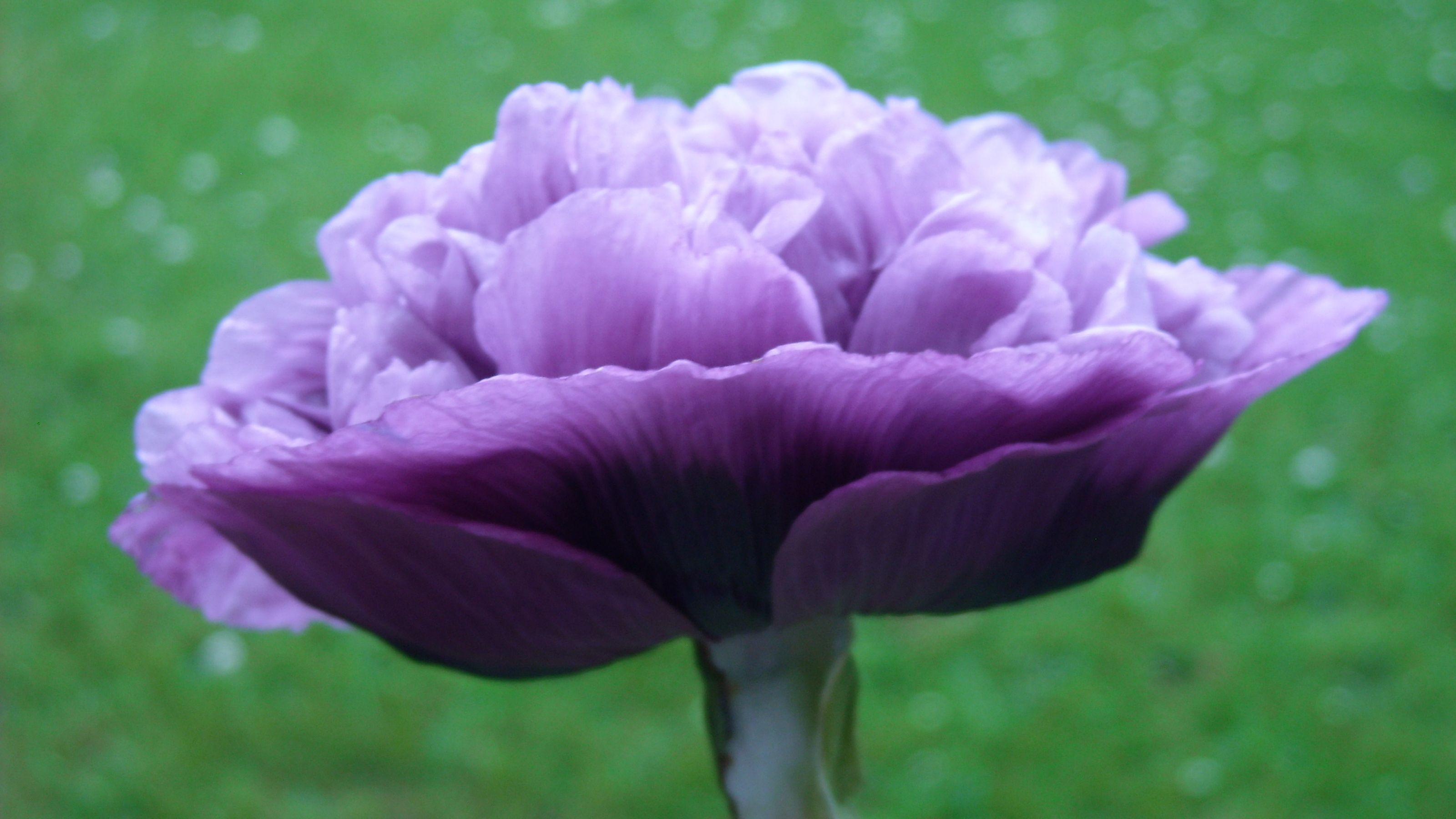
For lack of water, immediately water the plant using room temperature rainwater, bottled spring water, or filtered tap water. Once hormones within the plant begin the process of senescence, it’s irreversible. Solutions: If flower withering is a natural progression due to age, there is nothing that can be done to slow or stop the process. Nutrients offered via foliar application are often taken up even quicker than those put in the soil, so the foliar application can be great for swiftly addressing specific deficiencies. In addition to supplementing the soil with nutrients, foliar fertilizer can be applied directly to the plant's leaves. Apply nutrients via foliar application.Though not as finely tuned as artificial fertilizer, compost can nevertheless be rich in important nutrients and should be applied to the soil regularly. Organic fertilizers such as animal manures and bonemeal can supply plants with all the nutrients that they need to grow strong and healthy. Regularly apply organic fertilizer pellets.Adding some fertilizer to the soil will make those nutrients available and can combat deficiencies. Fertilizers will include most or all of the macro and micro-nutrients the plants need to thrive.

There are several easy ways to remedy the nutrient deficiencies in soils. Regularly apply organic fertilizer pellets. Solutions: There are several easy ways to remedy the nutrient deficiencies in soils. The best solution is to remove the infected plants and dispose of the plant material off-site. If the plant is infected with a bacterial or fungal pathogen, there is no course of treatment that cures the diseased plants. Keep it off the leaves and make sure granular products are watered into the soil well. In the event of nutritional deficiencies, the best solution is to use a granular or water-soluble liquid fertilizer, and apply it to the soil at about half the recommended dosage. Water container plants until excess water drains out the bottom water in-ground plants until the soil is soaked but there isn’t standing water on the surface. Grows best in cool, early spring conditions in rich soil, with moderate moisture.Solutions: If flower withering is a natural progression due to age, there is nothing that can be done to slow or stop the process. Growing Tips: Direct sow in late fall, or in spring as soon as soil can be worked. This is a treasure that we are delighted to see reaching gardens across the globe! Annual poppy that readily self sows. The plant collection at Sissinghurst Gardens is internationally respected. Two-to-three-foot-tall plants have dust-blue foliage and pods and large blooms that dance in the breeze like clouds across the sky. The color blocked planting makes for a breathtaking effect. All plants in this particular garden fall within the range of white, from cream colors to crisp snow white like this poppy.

The pillowy soft, snow white petals of Sissinghurst White poppy originated in the famous “white garden” at Sissinghurst Castle in Kent, England. Grows best in cool, early spring conditions in rich soil, with moderate moisture.Ī stunning gem plucked from one of the most beloved gardens in England. Growing Tips: Direct sow in late fall, or in spring as soon as soil can be worked.

It comes as no surprise that the variety was carefully selected and bred by Lauren Springer, a well-known garden designer and author! Lauren’s painterly style shines through in this bold, grape-purple poppy, perfect for creating whimsical landscapes! The clouds of purple blooms are ultra-attractive to pollinators, especially bees. This dramatic poppy is a garden designer’s dream. Magnificent wine-colored blooms and misty blue-green lettuce-leaf-type foliage creates a bold contrast. The 3-4.5 inch feather-light blooms seem to float atop wispy 2-3 foot stems. This variety puts on a particularly sensational show in the garden.


 0 kommentar(er)
0 kommentar(er)
